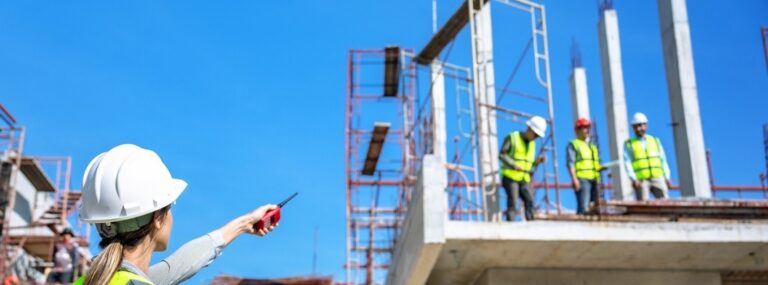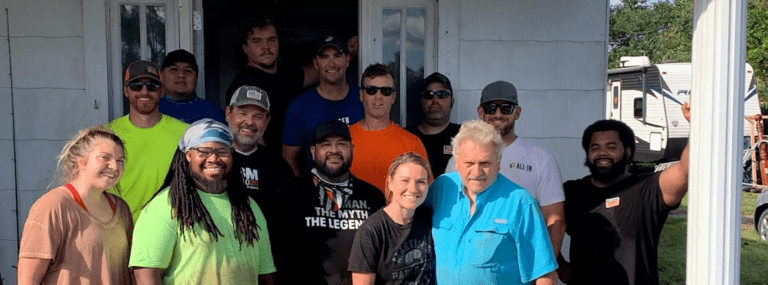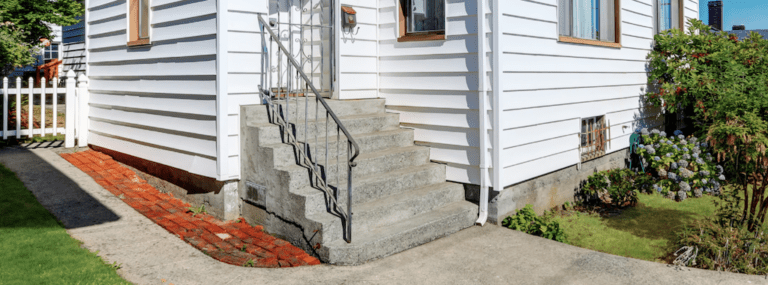In the tiny seaside resort of Mexico Beach, where the eye of Michael hit the Florida Coast, the Federal Emergency Management Agency attempted to assess damage following the storm but was faced with the wreckage of a town they could only describe as completely “wiped out.”
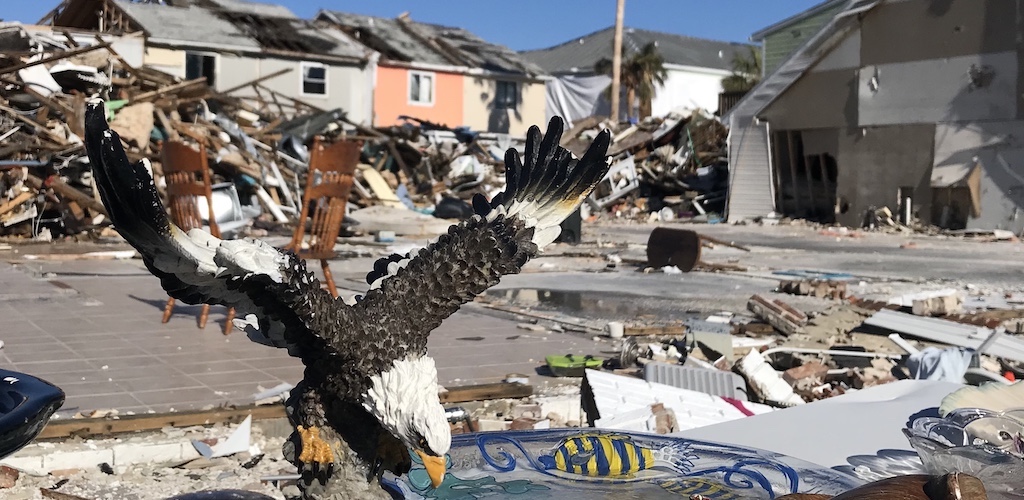
Wiped out, that is, except for the “Sand Palace,” a vacation rental home built in 2017 by Lebron and Heather Lackey that survived the storm practically unscathed. In the weeks following the storm, aerial photos of the house still standing amidst the destruction levied by Hurricane Michael went viral on the internet, with Coastal Living magazine calling the house an “overnight symbol of storm-strong construction.”
Built to withstand winds up to 250 mph, the Lackey home features poured concrete walls, fiber-cement siding and an aluminum roof attached to the house with Simpson Strong-Tie fasteners. In a Popular Science feature detailing the resilient construction and engineering of the Sand Palace, Simpson Strong-Tie truss connector plates are credited with holding the house together by Lance Watson, a vice president of Southeastern Consulting Engineers and the lead engineer overseeing the construction of the home. “A lot of design is theoretical,” Watson told Popular Science. “Simpson, they are not theoretical.”
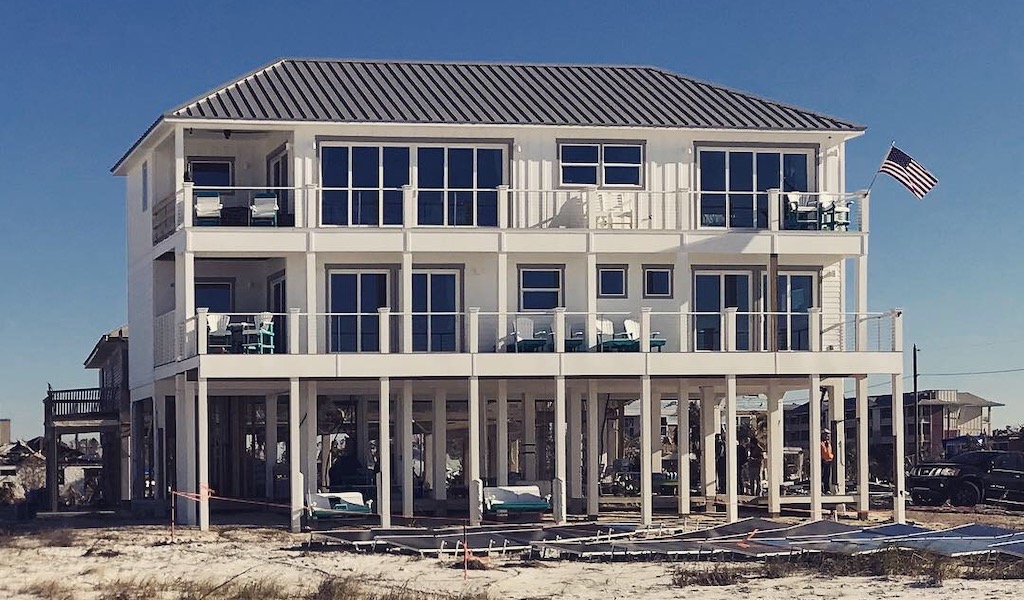
The Sand Palace wasn’t the only structure to withstand Hurricane Michael. In nearby Panama City, a row of five homes built by Habitat for Humanity emerged relatively unscathed as a result of a low-cost investment into resilient construction methods. As profiled by the Washington Post, the Habitat Homes were built to the FORTIFIED Gold standard, which includes strengthening the roof with appropriate roof-to-wall attachments.
In July, Simpson Strong-Tie renewed its support for Habitat for Humanity’s Habitat Strong program, which promotes the use of a suite of fortified codes and best practices for building more resilient homes in areas susceptible to flooding, earthquakes, hurricanes, winds and wildfires.
While the survival of the Sand Palace and other homes is a great story, the loss of life and property as the result of Hurricane Michael and other natural disasters remains tragic, of course — perhaps even more so when we consider that low-cost investments into higher construction standards might have resulted in a happier outcome.
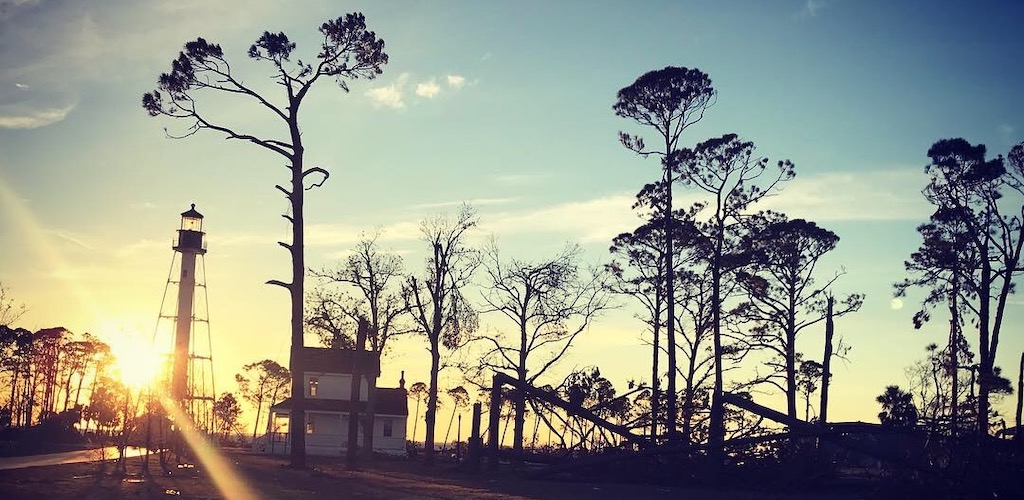
For more information on building a more hurricane-resistant home to ride out the next storm, see our recent blog posts on Understanding High-Wind Home Preparation and the 5 Steps to Building a More Storm-Resistant Home.
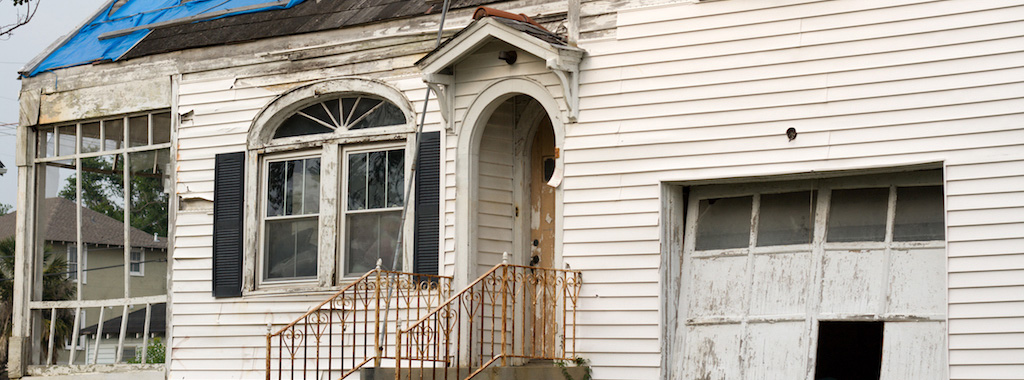
Visit Our Recent Blog Posts
For more information on building a more hurricane-resistant home to ride out the next storm, see our recent blog posts on Understanding High-Wind Home Preparation and the 5 Steps to Building a More Storm-Resistant Home.
